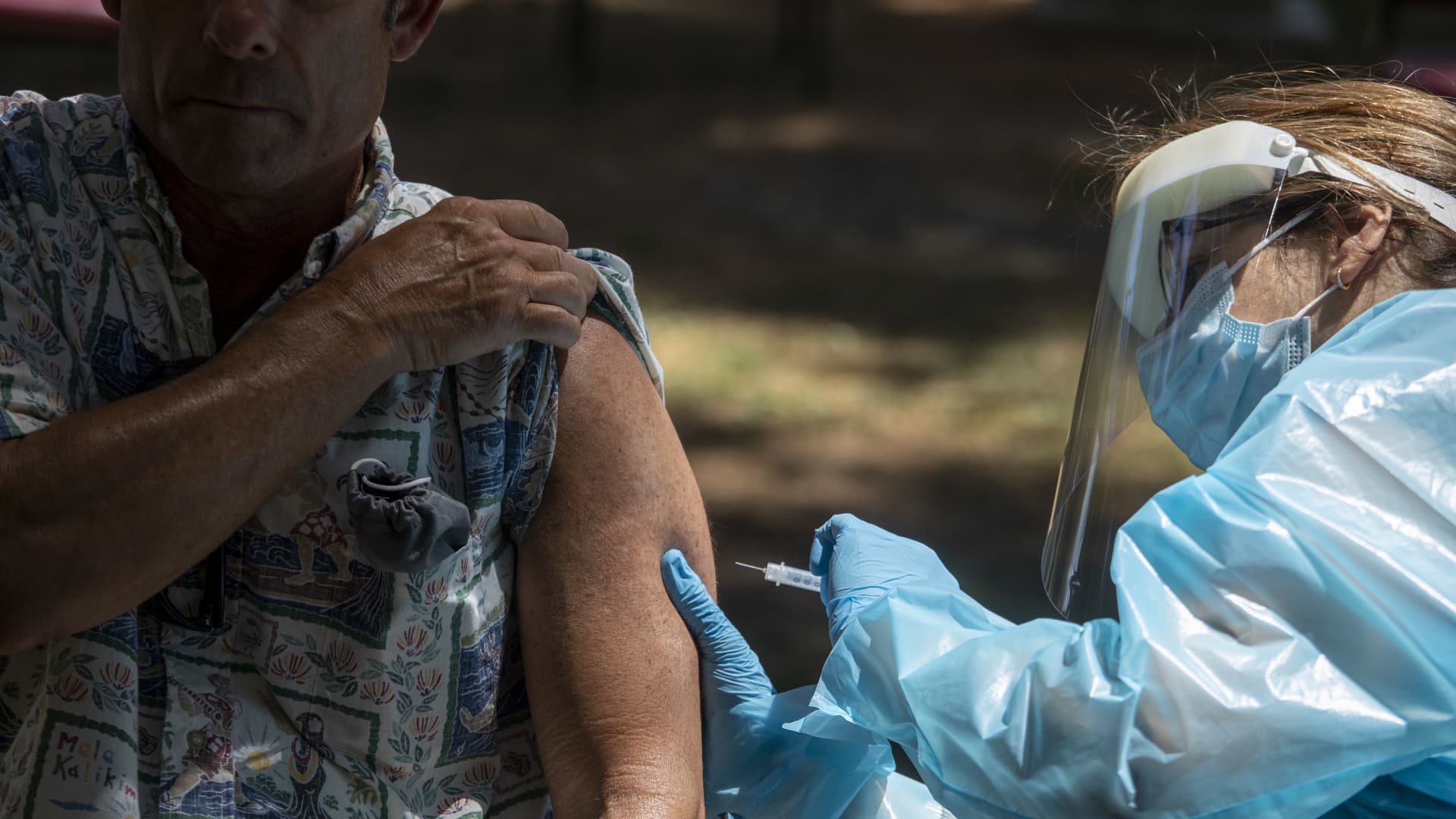Three out of four may not be good enough The S & P 500 is 7% off its 52-week low of three weeks ago, and last week rose three out of four days. Several sectors are in modest uptrends: Health care has been strong, and even Ttech and communication services are in modest upswings. Cathie Wood’s Ark Innovation Fund (ARKK) closed Friday at its highest level in two months. Commodity sectors (metals/mining and energy) are underperforming, but most investors seem happy about that, as they have become proxies for inflation. The lower oil goes, the less inflationary pressures, the sooner the Fed backs off from its aggressive rate hikes . So why aren’t more investors excited about the rally? Seems like investors have had their hearts broken a bit too often trying to call a bottom, so the recent rally is not being met with waves of buyer enthusiasm. Lowry, the nation’s oldest technical analysis service, is typical of the market reaction. “While the current relief rally appears ongoing, so far it has done little to confirm it is more than a reflex to an oversold condition or to improve the market’s longer-term prospects,” the firm wrote in a note to clients over the weekend, noting that while selling pressure (supply) has abated, there has been only “minor improvements” in key measures of buying interest (demand) like momentum and breadth. The firm has a point: the NYSE Composite Index, a market-cap weighted index of all the stocks on the NYSE, is up about 4% since the bottom the week of June 17, but the NYSE Advance/Decline line remains near a 52-week low, indicating that the average stock has advanced little in the past month. At least the earnings estimates are starting to come down I’ve complained for months that most of the roughly 19% drop in the S & P 500 this year has been due to a multiple compression (lower P/E ratio), rather than an actual drop in earnings estimates, which have remained remarkably stable (analysts are still projecting a roughly 10% gain in earnings for 2022, and another 9% in 2023). Second-quarter estimates, at least, are finally coming down. Earnings season begins Thursday with JPMorgan Chase’s report, as always. Q2 earnings are expected to be up 5.7% over the same period last year, but that is mostly driven by a massive increase in oil company profits. Excluding the energy sector, earnings would be down 3%, according to Refinitiv. Even that 5.7% would be the lowest growth in profits since the fourth quarter of 2020. Bottom line: the huge profits from energy companies are distorting the S & P profit picture. Outside of energy, the decreases in estimates have been fairly widespread: nine of the 11 S & P sectors have experienced downward revisions to estimates in Q2, Refinitiv noted over the weekend. Still, a 5.7% increase in earnings is a fairly low bar to beat. It is the lack of clarity on inflation and the strength of the economy that is going to be the problem for third- and fourth-quarter estimates. “While firms will likely clear this low bar, we expect cautious commentary will prompt cuts to forward estimates,” Goldman Sachs’ David Kostin said in a note Sunday night. Even before earnings season starts, there has been a higher number of companies with negative guidance. John Butters at Factset noted over the weekend that 71 companies have issued negative EPS guidance for the second quarter, the highest number since the fourth quarter of 2019, when 73 issued negative guidance.



























































